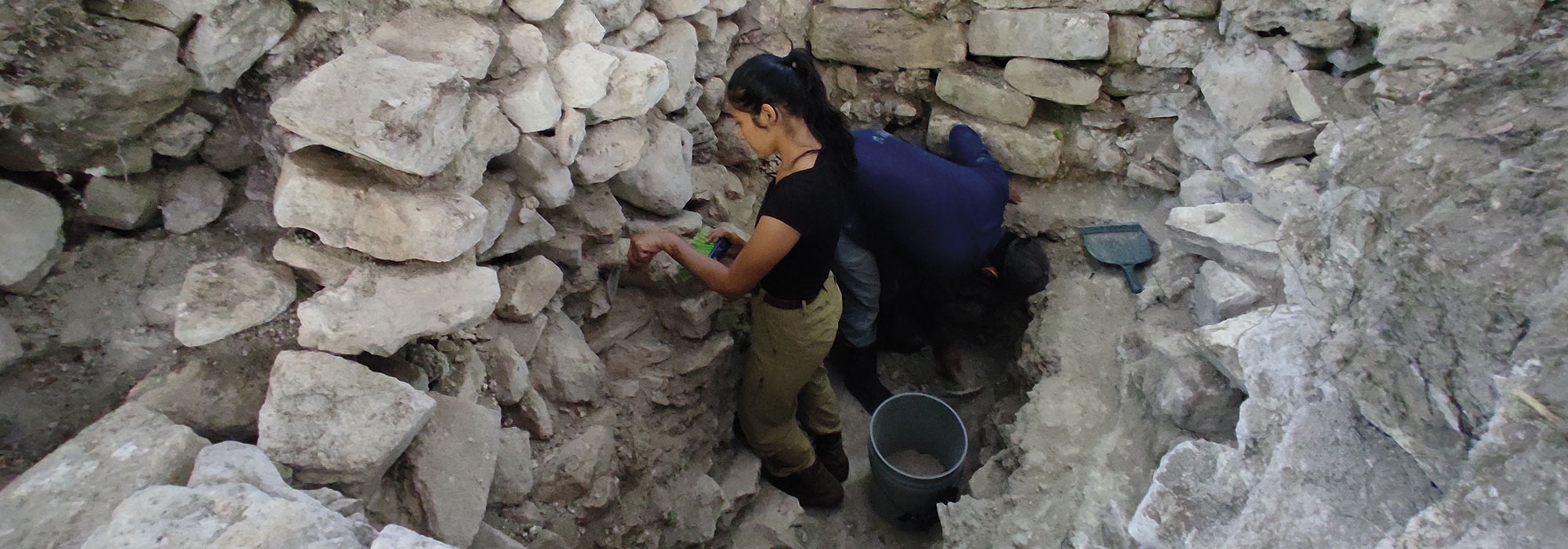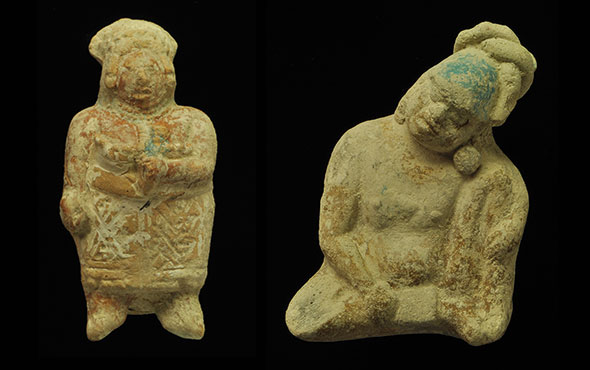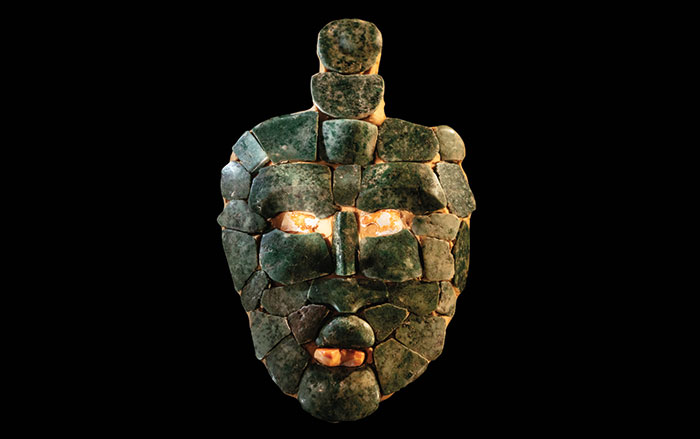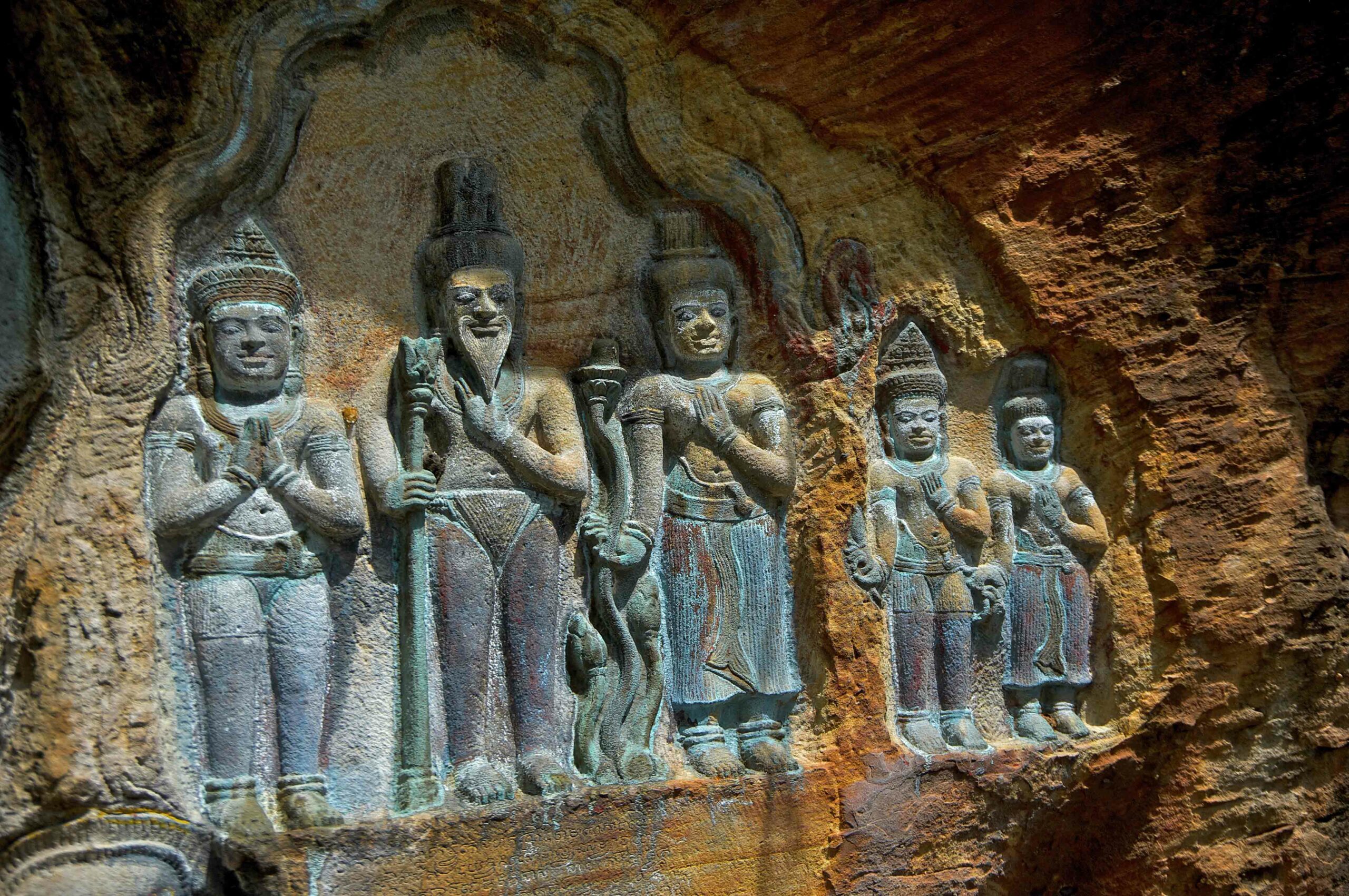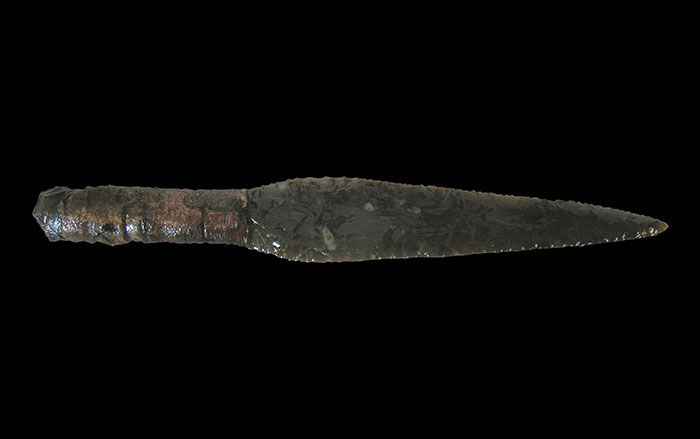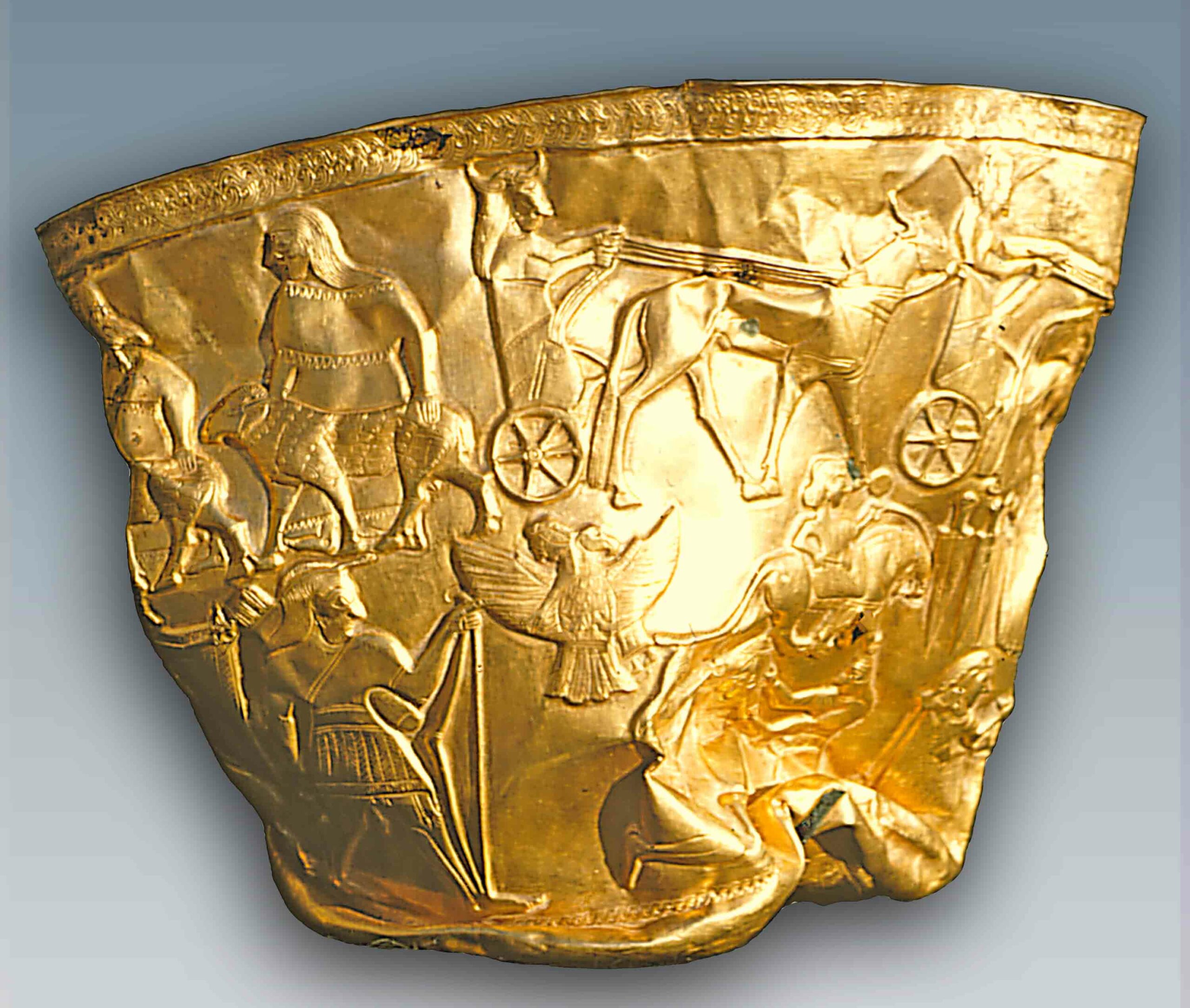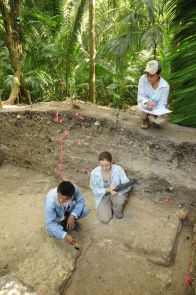
TUCSON, ARIZONA—Excavations at the Maya site of Ceibal in Guatemala have revealed a public plaza that dates to about 950 B.C., and ceremonial buildings surrounding the plaza that grew to monumental sizes by about 800 B.C. Yet there is little evidence of permanent residential dwellings in the area during the same time period. “Our study presents the first relatively concrete evidence that mobile and sedentary people came together to build a ceremonial center,” Takeshi Inomata of the University of Arizona said in a press release. Most people at this time were living a traditional hunter-gatherer lifestyle, moving throughout the rainforest. These different groups of people may have come together at Ceibal to construct the buildings and to participate in public ceremonies over a period of several hundred years before making the transition to a fully sedentary society. “This tells us something about the importance of ritual and construction. People tend to think that you have a developed society and then building comes. I think in many cases it’s the other way around,” Inomata explained. To read more in-depth about the ancient Maya, see "Tomb of the Vulture Lord."


